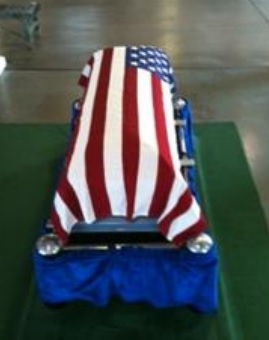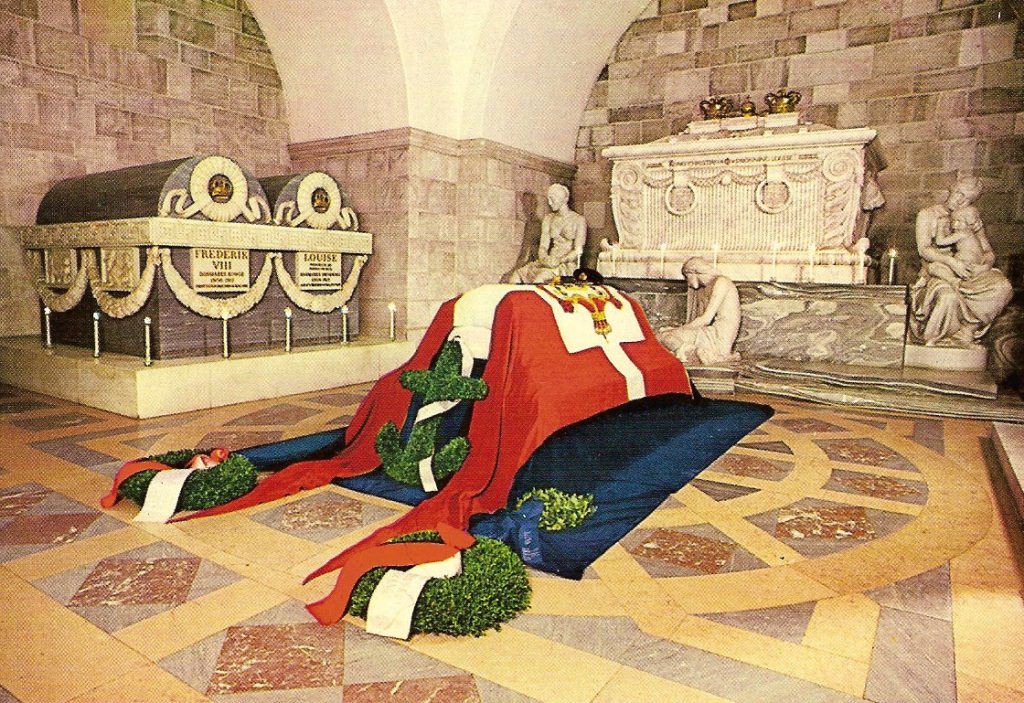Draping a Casket with the U.S. Flag
John M. Hartvigsen
This tradition began in the United States around the U.S. Civil War. When the nation was founded decades earlier, it was common to place a black cloth covering, called a pall, over a coffin. For example, at George Washington’s funeral held by the family at Mount Vernon, his coffin was covered by a black pall with the General’s sword displayed on top. A U.S. flag carried in the procession was furled by twisting it around the flagstaff to show mourning as it could not fly freely.

who have served the nation, state or community.
Funeral practices changed for soldiers killed in battle during the Civil war. At the war’s beginning, battle dead were hurriedly buried with little concern for the individual soldier. With the numbers of soldiers killed growing to many thousands in single battles, grieving families sought ways to honor and remember their husbands, sons and brothers killed in the war. Eventually, some of the dead were returned to their families for burial. Confederate General Stonewall Jackson’s coffin was draped with a Second Confederate National Flag. After the war, President Andrew Johnson, who died in 1875, even requested that his body be shrouded with the American flag before being placed in the casket.
The flag is draped on a casket with the starry union placed over the deceased’s head and left shoulder. It is often mistakenly believed that the flag is displayed “backwards” as a sign of death. This only appears to be the case when a flag-draped casket is viewed from the foot and from a vertical viewpoint as shown below. However, when a flag-draped casket is viewed from the right side, as at the top, it does not appear to be backwards. The flag is displayed so its front side is shown, while the back-side is a reverse image. Since the flag is displayed flat and parallel to the floor, whether it appears correct or incorrect depends on where the viewer is standing.
The reason for this is more easily seen if the royal standard of a monarch is placed on a casket and the front of the flag is always shown. This places the top hoist of the flag over the king’s head and left shoulder, as we now do with the U.S. flag.

casket, the flag appears to be
backwards; however, it is not .
Draping a casket with a flag has become an important way to honor our nation’s fallen heroes. It tells the bereaved that their family member served and sacrificed for a cause greater than self. A military funeral depicts this movingly as the internment flag is folded and presented to the next of kin “on behalf of a grateful nation.”

